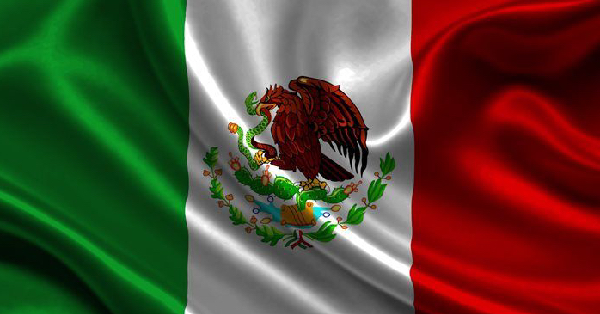Mexico has seen an increase in the number of cases involving illegal narcotics being smuggled on merchant vessels calling Mexican ports in the past 12 months, reports our local correspondent.
Mexico remains one of the main transit hubs for illegal drugs according to international reports. The recent rise in incidents where drugs have been found on vessels has been experienced in ports located both in the Gulf of Mexico and the Pacific Ocean coastline. From the cases we or our correspondents have been involved in it is difficult to comment on where the drugs might have originated. They may have been placed on the vessel in one of the previous ports, or even at anchorage in Mexico, especially for vessels heading towards US and Europe. In most of the recent cases the drugs have been found hidden in the sea chests.
Notifying the authorities
Once the Club is notified by Members that suspicious packages have been found onboard, we will inform our local correspondent so that they can assist the vessel. They will immediately take steps in cooperation with the vessel’s local agent and report the situation to the Harbour Master and the Federal District Attorney´s Offices (FDAO). There is always a risk that not notifying the authorities immediately after the discovery of suspicious packages can be seen as an indication that the crew and/or the owners are in some way involved in drug smuggling. In a few cases it has been divers and not the vessel or her owners who initially notified the authorities of the presence of suspicious packages on the vessel’s underwater portion. The divers, although contracted by the owners for an underwater inspection, are under a legal obligation to immediately report finding any suspicious packages during their inspection to the authorities.
Actions by authorities, and consequences for owners and crew
The local authorities and the Navy will board the vessel and perform an inspection of the area where the drugs were found and will also inspect other parts of the vessel. Once the drugs are removed from the vessel, the crew will be summoned for interrogation by the FDAO. Usually, a lawyer will also be present to assist crew members during the interrogation. Until investigations are over, authorities are likely to prohibit any third party from gaining access to the vessel.
The consequences for the crew and owners can be severe if drugs are found onboard even where they may have no involvement. We understand that since 2019, when the Navy was given full jurisdiction in all Mexican ports, there have been several incidents where crew have been kept in custody for months and lengthy detention of ships found to be transporting drugs. Our correspondents are aware of at least two cases where the vessels have been in custody of the FDAO for more than a year.
Recommendations
- If the vessel has called high risk ports, i.e. ports susceptible to drug smuggling, in the recent past, it is important that anti-drug searches are carried out prior to departure, and where possible underwater searches too. All activities must be recorded in the vessel’s logs. If underwater inspections were not possible in previous ports, Members can consider arranging for an underwater inspection in Mexico if there is a suspicion of illegal drugs being onboard. According to our correspondent, in such cases, it is preferable that prior to carrying out the underwater inspection the local authorities are informed in writing by the vessel´s local agents and they may then choose to supervise the inspection.
- Immediate notification to the authorities is essential when the crew find suspicious packages onboard.
- Consider strengthening security watches when at anchor or alongside in a port in Mexico.
- Operators and masters of vessels trading to and from high-risk areas are recommended to familiarize themselves with, and ensure their onboard procedures refer to, the IMO revised guidelines for the prevention and suppression of the smuggling of drugs (IMO Res MSC.228(82)). Each vessel’s onboard procedures will be different depending on the type of vessel, the cargo carried, and the ports/routes served.
- It is important that the crew, owners, their agents and other representatives fully cooperate with the authorities. Any aggressive approach should be avoided as this can be detrimental to securing an early release of the vessel and her crew.
Source: GARD









































